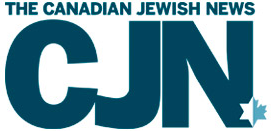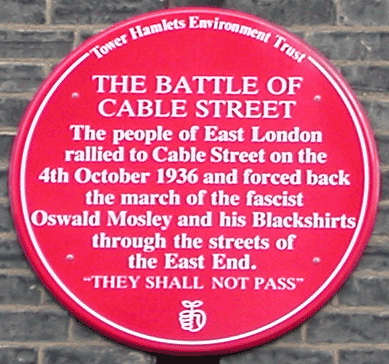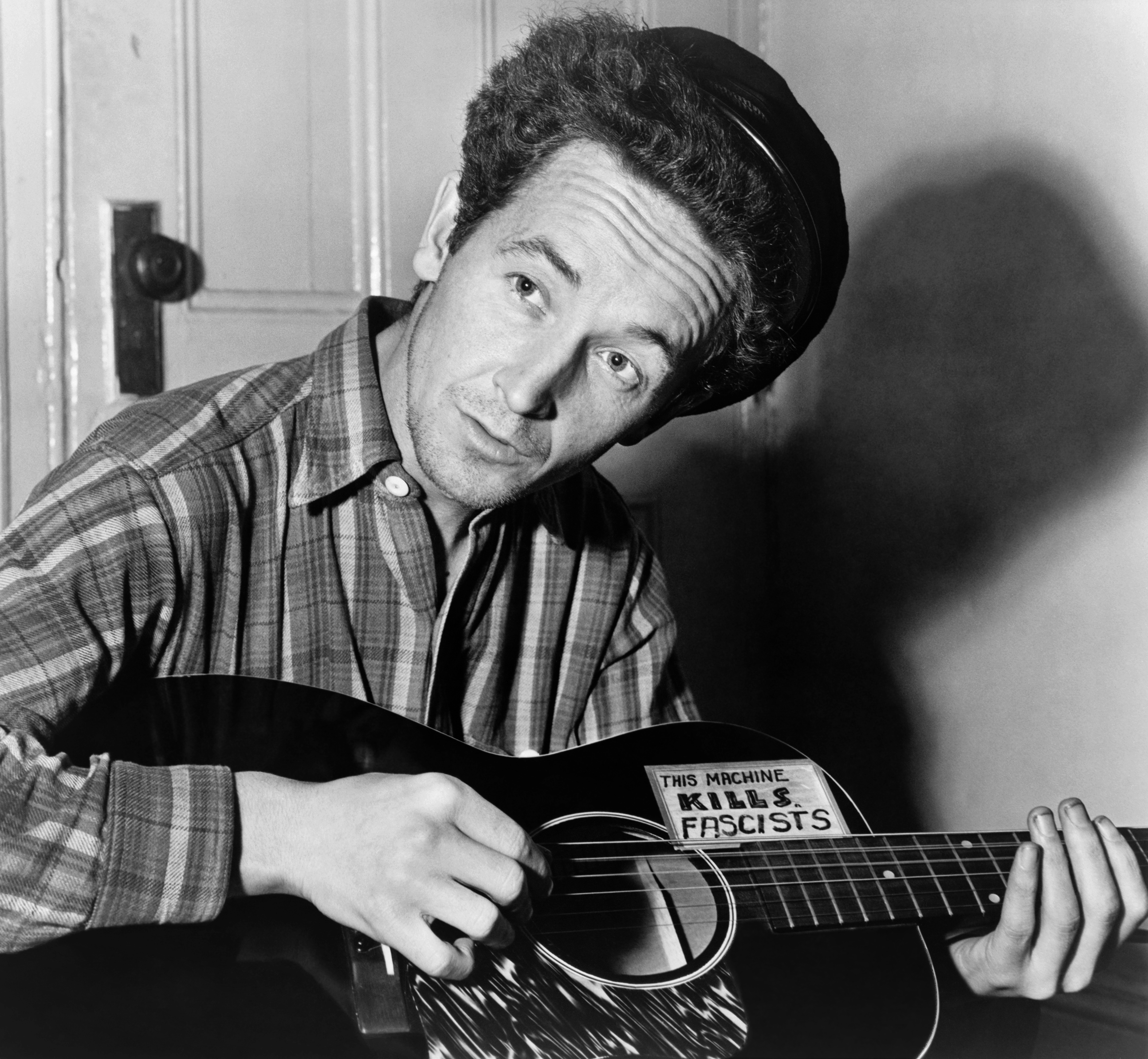|
Bobcaygeon (song)
"Bobcaygeon" is a song by Canadian rock band the Tragically Hip. It was released in February 1999 as a single from their sixth album, ''Phantom Power'', and has come to be recognized as one of the band's most enduring and beloved signature songs."Town of Bobcaygeon reflects on The Tragically Hip" '''', August 17, 2016. Background The song is named after , |
The Tragically Hip
The Tragically Hip, often referred to simply as the Hip, were a Canadian rock band formed in Kingston, Ontario in 1984, consisting of vocalist Gord Downie, guitarist Paul Langlois, guitarist Rob Baker (known as Bobby Baker until 1994), bassist Gord Sinclair, and drummer Johnny Fay. They released 13 studio albums, one live album, one EP, and over 50 singles over a 33-year career. Nine of their albums have reached No. 1 on the Canadian charts. They have received numerous Canadian music awards, including 17 Juno Awards. Between 1996 and 2016, the Tragically Hip were the best-selling Canadian band in Canada and the fourth best-selling Canadian artist overall in Canada. Following Downie's diagnosis with terminal brain cancer in 2015, the band undertook a tour of Canada in support of their thirteenth album '' Man Machine Poem''. The tour's final concert, which would ultimately be the band's last show, was held at the Rogers K-Rock Centre in Kingston on August 20, 2016, and ... [...More Info...] [...Related Items...] OR: [Wikipedia] [Google] [Baidu] |
Gord Downie
Gordon Edgar Downie (February 6, 1964 – October 17, 2017) was a Canadian rock singer-songwriter, musician, writer and activist. He was the singer and lyricist for the Canadian rock band The Tragically Hip, which he fronted from its formation in 1984 until his death in 2017. He is widely regarded as one of the most influential and popular artists in Canadian music history. Downie released seven solo albums, two posthumously: '' Coke Machine Glow'' (2001), '' Battle of the Nudes'' (2003), '' The Grand Bounce'' (2010), ''And the Conquering Sun'' (2014), ''Secret Path'' (2016), '' Introduce Yerself'' (2017), and '' Away Is Mine'' (2020). His first to hit number one was ''Introduce Yerself'', shortly after his death. His family and managers said future releases are planned, including solo material and unreleased work with the Hip. Early life Gordon Downie was born in Amherstview, Ontario, and raised in Kingston, Ontario, along with his brothers Mike and Patrick, and sist ... [...More Info...] [...Related Items...] OR: [Wikipedia] [Google] [Baidu] |
Canadian Jewish News
The Canadian Jewish News is a non-profit, national, English-language digital-first media organization that serves Canada‘s Jewish community. A national edition of the newspaper was published for 60 years in Toronto. A weekly Montreal edition in English with some French began its run in 1976. The newspaper announced its closure in 2013 but was able to continue after restructuring and reorganizing. It again announced its closure on April 2, 2020, due to the impact of the COVID-19 pandemic in Canada on its finances. Its final weekly print edition was published on April 9, 2020. In December 2020, it announced its return as a digital-first media company with a new president, Bryan Borzykowski. History The ‘’Canadian Jewish News’’ was founded by M. J. Nurenberger, a friend of Menachem Begin and supporter of his Herut party, and his wife Dorothy and was first published on Friday, January 1, 1960, and was the first exclusively English-language Jewish newspaper published in Ontar ... [...More Info...] [...Related Items...] OR: [Wikipedia] [Google] [Baidu] |
Christie Pits Riot
The Christie Pits riot occurred on 16 August 1933 at the Christie Pits (Willowvale Park) playground in Toronto, Ontario. The riot can be understood in the context of the Great Depression, anti-semitism, "Swastika Clubs" and parades and resentment of "foreigners" in Toronto, and the rise of Adolf Hitler and the Nazis in Germany in 1933. Background The riot occurred in the midst of the Great Depression and six months after Adolf Hitler took power in Germany. The Toronto papers, including the '' Toronto Telegram'' and the ''Toronto Daily Star,'' as well as the Yiddish journal, ''Der Yiddisher Zhurnal,'' reported on how Jews were being dismissed from professions in Germany, including lawyers, professors, and teachers, as well as incidents of violence against them. Thus to Jews, the swastika represented degradation and physical violence against Jews, and was inflammatory. At that time, the Jewish community in Toronto was predominantly poor and working-class. Jewish families and ... [...More Info...] [...Related Items...] OR: [Wikipedia] [Google] [Baidu] |
Fascism
Fascism is a far-right, authoritarian, ultra-nationalist political ideology and movement,: "extreme militaristic nationalism, contempt for electoral democracy and political and cultural liberalism, a belief in natural social hierarchy and the rule of elites, and the desire to create a (German: “people’s community”), in which individual interests would be subordinated to the good of the nation" characterized by a dictatorial leader, centralized autocracy, militarism, forcible suppression of opposition, belief in a natural social hierarchy, subordination of individual interests for the perceived good of the nation and race, and strong regimentation of society and the economy. Fascism rose to prominence in early 20th-century Europe. The first fascist movements emerged in Italy during World War I, before spreading to other European countries, most notably Germany. Fascism also had adherents outside of Europe. Opposed to anarchism, democracy, pluralism, liberalism, ... [...More Info...] [...Related Items...] OR: [Wikipedia] [Google] [Baidu] |
CBC News
CBC News is a division of the Canadian Broadcasting Corporation responsible for the news gathering and production of news programs on the corporation's English-language operations, namely CBC Television, CBC Radio, CBC News Network, and CBC.ca. Founded in 1941, CBC News is the largest news broadcaster in Canada and has local, regional, and national broadcasts and stations. It frequently collaborates with its organizationally separate French-language counterpart, Radio-Canada Info. History The first CBC newscast was a bilingual radio report on November 2, 1936. The CBC News Service was inaugurated during World War II on January 1, 1941, when Dan McArthur, chief news editor, had Wells Ritchie prepare for the announcer Charles Jennings a national report at 8:00 pm. Readers who followed Jennings were Lorne Greene, Frank Herbert and Earl Cameron. ''CBC News Roundup'' (French counterpart: ''La revue de l'actualité'') started on August 16, 1943, at 7:45 pm, being replaced by ... [...More Info...] [...Related Items...] OR: [Wikipedia] [Google] [Baidu] |
London
London is the capital and List of urban areas in the United Kingdom, largest city of England and the United Kingdom, with a population of just under 9 million. It stands on the River Thames in south-east England at the head of a estuary down to the North Sea, and has been a major settlement for two millennia. The City of London, its ancient core and financial centre, was founded by the Roman Empire, Romans as ''Londinium'' and retains its medieval boundaries.See also: Independent city#National capitals, Independent city § National capitals The City of Westminster, to the west of the City of London, has for centuries hosted the national Government of the United Kingdom, government and Parliament of the United Kingdom, parliament. Since the 19th century, the name "London" has also referred to the metropolis around this core, historically split between the Counties of England, counties of Middlesex, Essex, Surrey, Kent, and Hertfordshire, which largely comprises Greater London ... [...More Info...] [...Related Items...] OR: [Wikipedia] [Google] [Baidu] |
Battle Of Cable Street
The Battle of Cable Street was a series of clashes that took place at several locations in the inner East End, most notably Cable Street, on Sunday 4 October 1936. It was a clash between the Metropolitan Police, sent to protect a march by members of the British Union of Fascists led by Oswald Mosley, and various ''de jure'' and ''de facto'' anti-fascist demonstrators, including local trade unionists, communists, anarchists, British Jews and socialist groups. The anti-fascist counter-demonstration included both organised and unaffiliated participants. Background The British Union of Fascists (BUF) had advertised a march to take place on Sunday 4 October 1936, the fourth anniversary of their organisation. Thousands of BUF followers, dressed in their Blackshirt uniform, intended to march through the heart of the East End (an area which then had a large Jewish population). The BUF would march from Tower Hill and divide into four columns, each heading for one of four open air ... [...More Info...] [...Related Items...] OR: [Wikipedia] [Google] [Baidu] |
Horseshoe Tavern
The Horseshoe Tavern (known as ''The Horseshoe'', ''The 'Shoe'', The 'Toronto Tavern' and The 'Triple T' to Toronto locals) is a concert venue at 370 Queen Street West (northeast corner of Queen at Spadina) in downtown Toronto, Ontario, Canada, and has been in operation since 1947. Owned by "JC", Ken Sprackman, Craig Laskey and Naomi Montpetit, the venue is a significant part of Canadian musical lore. It is captured in the memories of thousands of concertgoers, and in books such as ''Have Not Been the Same.'' History The building, erected in 1861, previously housed a blacksmith. Originally known as a ''Country Roots n' Rockabilly Music Tavern'', it was an 87-seat saloon. The Horseshoe Tavern welcomed blues and folk in the 1960s, reggae, mod rock, and punk in the 1970s, new wave and alternative rock in the 1980s, and everything from ska, surf, swing, Celtic and alternative country in the 1990s. Influential acts that have played concerts include the Rolling Stones, the Pol ... [...More Info...] [...Related Items...] OR: [Wikipedia] [Google] [Baidu] |
The Men They Couldn't Hang
The Men They Couldn't Hang (TMTCH) are a British folk punk group. The original group consisted of Stefan Cush (vocals, guitar), Paul Simmonds (guitar, bouzouki, mandolin, keyboards), Philip "Swill" Odgers (vocals, guitar, tin whistle, melodica), Jon Odgers (drums, percussion) and Shanne Bradley (bass guitar). 1984–1991: Formation, controversy and success The Men They Couldn't Hang came together in 1984 to perform at the alternative music festival in Camden Town alongside The Pogues and the Boothill Foot Tappers. Paul Simmonds, Philip 'Swill' Odgers and his brother Jon, veterans of the Southampton-based pop-punk band Catch 22, met Pogues roadie Stefan Cush whilst busking in Shepherds Bush in London. Their early line-up was Stefan Cush, Philip Odgers, Paul Simmonds, Jon Odgers and Shanne Bradley. The band's name is inspired by " The Man They Couldn't Hang". Their first single, a cover version of " The Green Fields of France", was released in 1984. Written by Eric Bogle (o ... [...More Info...] [...Related Items...] OR: [Wikipedia] [Google] [Baidu] |
Bridge (music)
In music, especially Western popular music, a bridge is a contrasting section that prepares for the return of the original material section. In a piece in which the original material or melody is referred to as the "A" section, the bridge may be the third eight-bar phrase in a thirty-two-bar form (the B in AABA), or may be used more loosely in verse-chorus form, or, in a compound AABA form, used as a contrast to a full AABA section. The bridge is often used to contrast with and prepare for the return of the verse and the chorus. "The b section of the popular song chorus is often called the ''bridge'' or ''release''." Etymology The term comes from a German word for bridge, ''Steg'', used by the Meistersingers of the 15th to the 18th century to describe a transitional section in medieval bar form. The German term became widely known in 1920s Germany through musicologist Alfred Lorenz and his exhaustive studies of Richard Wagner's adaptations of bar form in his popular 19th-c ... [...More Info...] [...Related Items...] OR: [Wikipedia] [Google] [Baidu] |
This Machine Kills Fascists
"This machine kills fascists" is a message that Woody Guthrie placed on his guitar in the mid 1940s, starting in 1943. Conception Circa 1943, in the midst of World War II, Guthrie wrote the war song "Talking Hitler's Head Off Blues". This was printed in the '' Daily Worker'', a newspaper published by the Communist Party USA. Then, according to biographer Anne E. Neimark, "In a fit of patriotism and faith in the impact of the song, he painted on his guitar THIS MACHINE KILLS FASCISTS." Guthrie's stance against fascism In Guthrie's opposition to fascism, he conceptualized the ideology "as a form of economic exploitation similar to slavery", straightforwardly denouncing the fascists – particularly their leaders – as a group of gangsters who set out to "rob the world". This recalled a protest strategy he had used "during the Great Depression, when social, political, and economic inequality had been engendered by a small rich elite". During that era, Guthrie had "romanticized ... [...More Info...] [...Related Items...] OR: [Wikipedia] [Google] [Baidu] |



.jpg)



